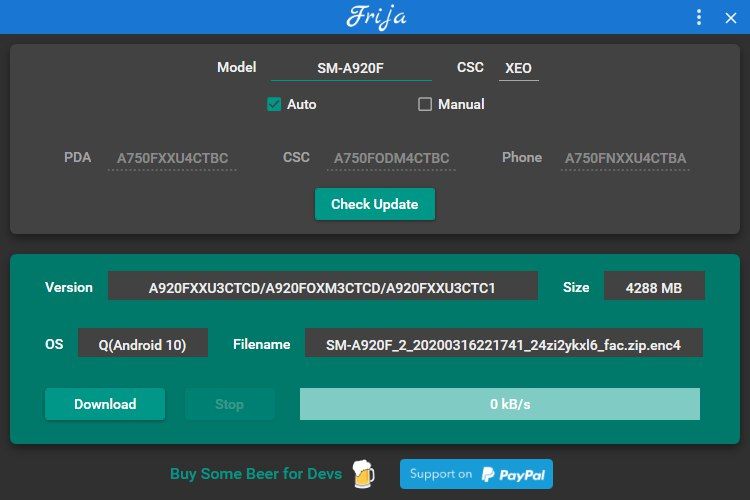A quad-rear camera setup is not exclusive to the flagship segment anymore, as current-gen affordable mid-rangers like the Realme 6 series and the Redmi Note 9 (Pro) lineup carry it as well. Samsung actually kickstarted the trend of incorporating four individual rear camera sensors with the release of the Galaxy A9 back in 2018. In terms of software, the phone was launched with Samsung Experience 9.0 on top of Android 8.0 Oreo, though an update to Android 9 Pie was released for the device around a year ago. Cut to now, Samsung has started rolling out the Android 10 update to the Galaxy A9 (2018) with One UI 2.0.
At the time of this article's publication, the Android 10 firmware, tagged as A920FXXU3CTCD, is available in Poland for the global variant of the phone (model number SM-A920F). The Korean OEM is practically ahead of their own schedule, as this particular device was scheduled to receive the Android 10 update in April. The arrival of the One UI 2.0 on the Galaxy A6 (2018) as well as on the Galaxy A7 (2018) earlier this month did suggest the same might happen for the Galaxy A9 (2018). Samsung has done a wonderful job of providing major software updates to the phone.
The Android Security Patch Level (SPL) of this build is March 2020, albeit Samsung has already delivered the April 2020 patches to the Galaxy S10 and Note 10 lineup. The bootloader version remains the same (v3) as the last Android Pie-based build, which makes it possible to downgrade via manual flashing.
Neither the full changelog nor the kernel source code corresponding to the update is available as of now. The OTA is rolling out in batches, but you can skip the queue and download the new firmware package directly from the Samsung update server using tools like Frija. It is worth mentioning that both the Korean and Chinese variants of the phone, with the respective model numbers SM-A920N and SM-A9200, are still running Android 9 Pie, and the current build might not be compatible with them.


